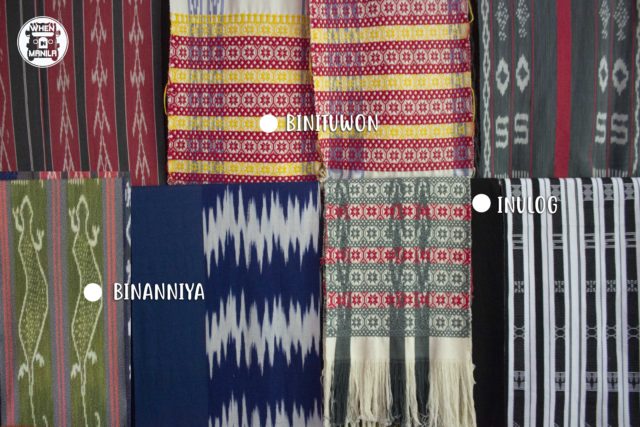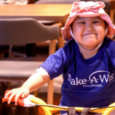Have you ever been to a textile shop in the province and wondered where those beautiful patterns came from or how they were made? HABI The Philippine Textile Council invited us to get to know Philippine Textile firsthand – from its very seed to the fabric.
We stayed at Kiangan Viewpoint Homestay located in Kiangan, Ifugao, which is roughly 7-8 hours away from Manila. I thought I would only be able to experience a “sea of clouds” at Mt. Pulag or Sagada, which is three hours further from Kiangan; but I was lucky enough to witness it here every morning.
HABI’s goal is to revive the interest of the Filipinos, and preserve and promote Philippine textiles through education. They have been helping our weavers showcase their products and connect them with the international market for the longest time. They have also partnered with the Philippine Fiber Industry Development Authority to increase cotton farms because they also aim to bring the use of cotton back into the traditional weaving process. The future is really bright for promoting sustainable textiles from natural fibers now that everyone is more conscious about being sustainable. Cotton is an excellent choice because it’s biodegradable.
We also visited the IPED Center (Indegenous Peoples Education Center) with Sir Marlon Martin and the Kiayyangan Weavers Association. It is community-led and only a couple of weavers are left there, mainly composed of senior citizens. They are also making efforts to encourage the younger generation to get into weaving.
With HABI’s help, Marlon inspired the community to go back to the use of Philippine cotton and a traditional dyeing technique called “Ikat”. The weavers have also shifted to natural dye and are focused on preserving traditional techniques. Right now, they are actually weaving the way that their ancestors did.
Sir Marlon Martin enlightened us on the different meanings of symbols in the textiles, which are mostly inspired by nature. There are a lot of symbols, but some of my favorites are the following: “Binituwon” (star symbol) for abundance, “Binanniya” (lizard symbol) for wealth and nobility, and “Inulog” (snake symbol) for boundaries.
The process from the seed to the fabric involves a lot of work – both mentally and physically. First, they harvest the cotton, then they dye and dry it. Then, they spin it before it actually gets woven – and that’s a whole other process.
Kelly from HABI says that her dream is for the weavers to be their own brands. She hopes that there’s time for them to be exposed. One of the weavers that day said, “I’m so glad I went to Likhang Habi Fair last year because it made me open my mind to seeing other patterns from other weavers, seeing brands incorporate our craft for modern utility and it inspires us”. She hopes that it happens also to other weavers in the Philippines.
So, technically, it’s exposure. I would rather buy directly from a weaver to design my outfit because it’s fulfilling to see them earning more that way. Knowing that their parents are both weavers and designers might inspire the younger generation to keep doing it, as well.
I think the business side to it is important, too: knowing the proper rates or the marketing side of it to keep it going. Basically, it’s important for designers and weavers to collaborate properly because it’s not a popularity contest but more of a need to preserve our heritage and identity.
For those of you who are interested in buying these fabrics, I suggest that you do your research and learn more about where they come from because actually knowing the process will make you appreciate the art of weaving more. The implication of supporting these products is really big, too. You won’t just help the weavers, but the farmers who plant the cotton seeds, as well. I need to point out, though, that there is a need for cultural sensitivity when it comes to promoting our indigenous textiles because these products hold important meanings for the communities who make them, as well.
You can support our traditional weavers at Likhang Habi Fair from October 11 to 13, 2019 at the Glorietta Activity Center. Expect these beautiful handwoven textiles there, including the weavers themselves.
HABI Fair
Facebook: https://www.facebook.com/HabiThePhilTextileCouncil
Instagram: @habifair
#HABIJourney #HABIcottonadvocacy













